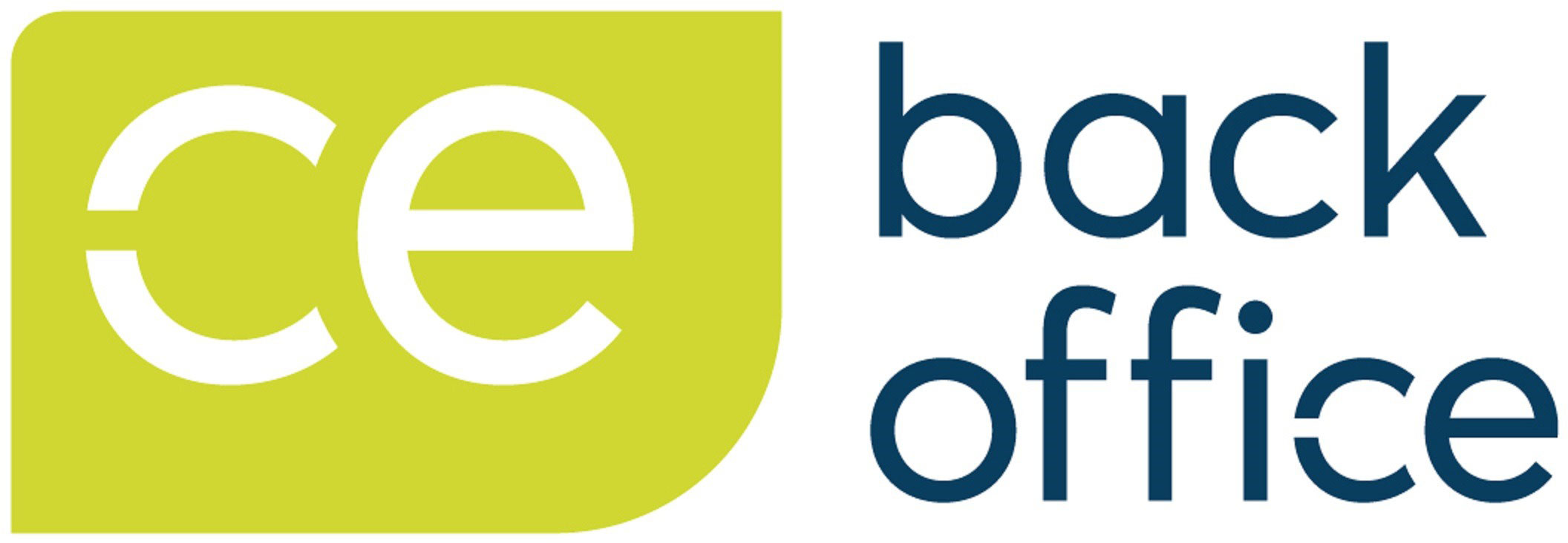Identity data for user provisioning and HR data should align in several ways as both processes involve managing and organising information about individuals within an organisation. During a HR transformation considering the flow of data between the HR system and the identity system such as Active Directory is imperative to drive efficiency, compliance and to ensure the correct employee and manager experience is delivered.
Here are some common points of alignment that need to be considered
- Worker Information: Both user provisioning and HR data include basic employee information such as name, contact details, job title, department, worker type and worker status. This information serves as the foundation for identity management and HR processes. The worker information should consider both employees and contingent workers.
- Role-Based Access Control (RBAC): RBAC is a method of granting permissions and access rights to users based on their job roles and responsibilities. The identity data for user provisioning aligns with HR data by mapping user roles and entitlements to corresponding job titles and responsibilities documented in HR records.
- Attribute-Based Access Control (ABAC): ABAC can use information about a person such as location, employment type, remote worker, service dates or specific job flags such as being a mental health first aider to give further privileges downstream.
- Joining and Termination Processes: When a new employee joins an organisation, both user provisioning and HR processes are involved. The identity data for user provisioning includes the creation of user accounts, granting access to necessary systems, and provisioning relevant resources. HR data captures the onboarding process, including employment contracts, benefits enrolment, and orientation activities.
- Similarly, when an employee leaves the organisation, both user provisioning and HR processes manage the termination of user accounts and access rights, update employment status, and conduct exit interviews.
- Organisational Hierarchy: Identity data for user provisioning often reflects the organisational hierarchy, defining reporting relationships and managerial structures. HR data also captures the organisational structure, including departmental relationships, team structures, and reporting lines. Aligning these two sets of data ensures that access rights and permissions are appropriately assigned based on reporting structures within the organisation.
- Personal Information Updates: Whenever an employee’s personal information changes, such as a change of address, phone number, or marital status, both user provisioning and HR systems should be updated accordingly. This ensures accurate and up-to-date information is maintained for identity management and HR purposes.
- Reconciliation between the HR system and the identity system should be carried out before any data migration and building automated integrations. This is an opportunity to clean the identity store.
- Compliance and Regulatory Requirements: Both user provisioning and HR data must adhere to various compliance and regulatory requirements. This includes data privacy regulations, such as GDPR or CCPA, which govern the collection, storage, and processing of personal data. By aligning identity data for user provisioning with HR data, organisations can ensure compliance with these regulations and maintain accurate records for auditing purposes.
To achieve alignment between identity data for user provisioning and HR data, organisations often employ integrated systems or establish data synchronisation processes between their identity management and HR systems. This helps maintain consistency, accuracy, and efficiency in managing user access rights, entitlements, and employee information across the organisation.






